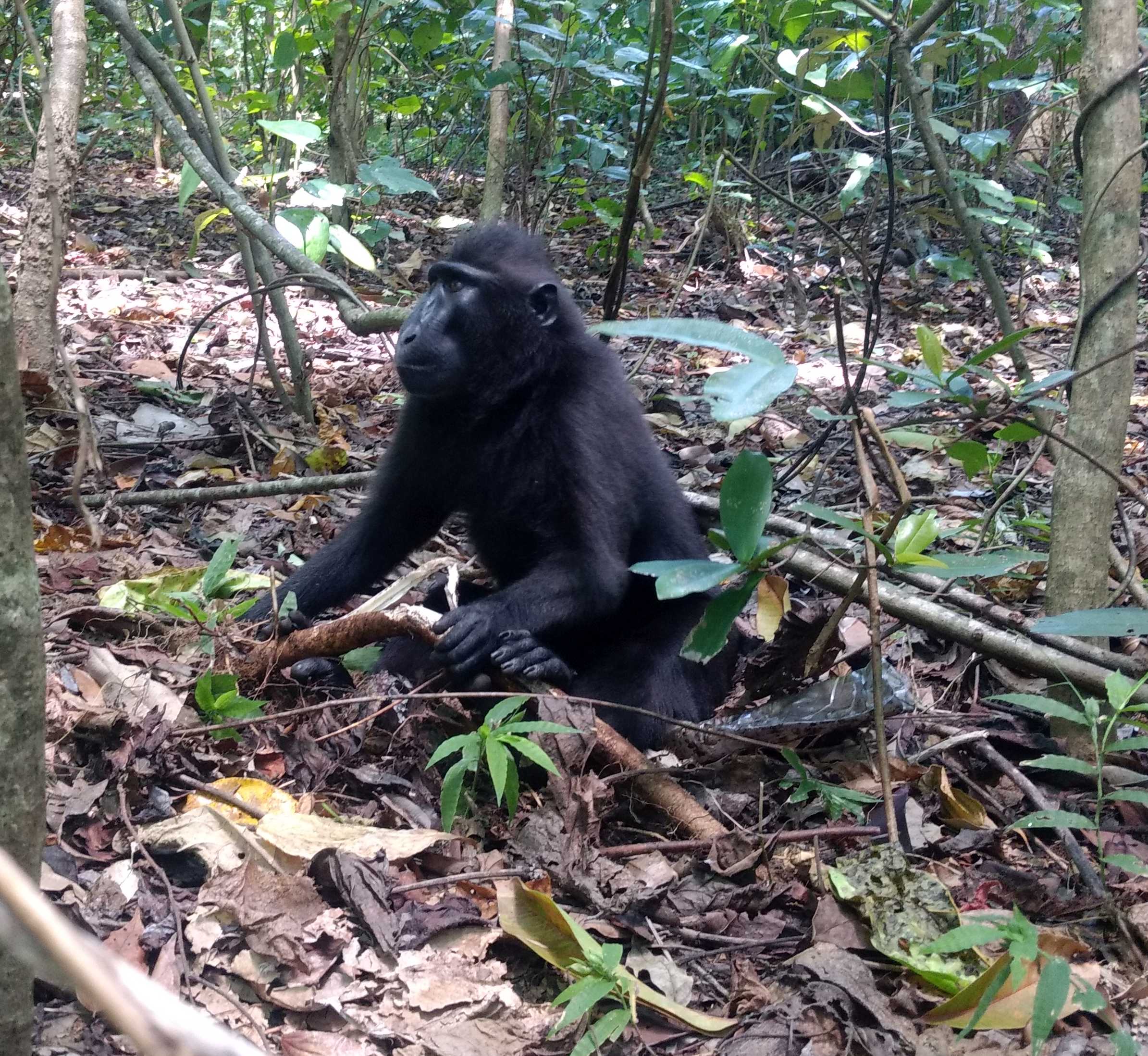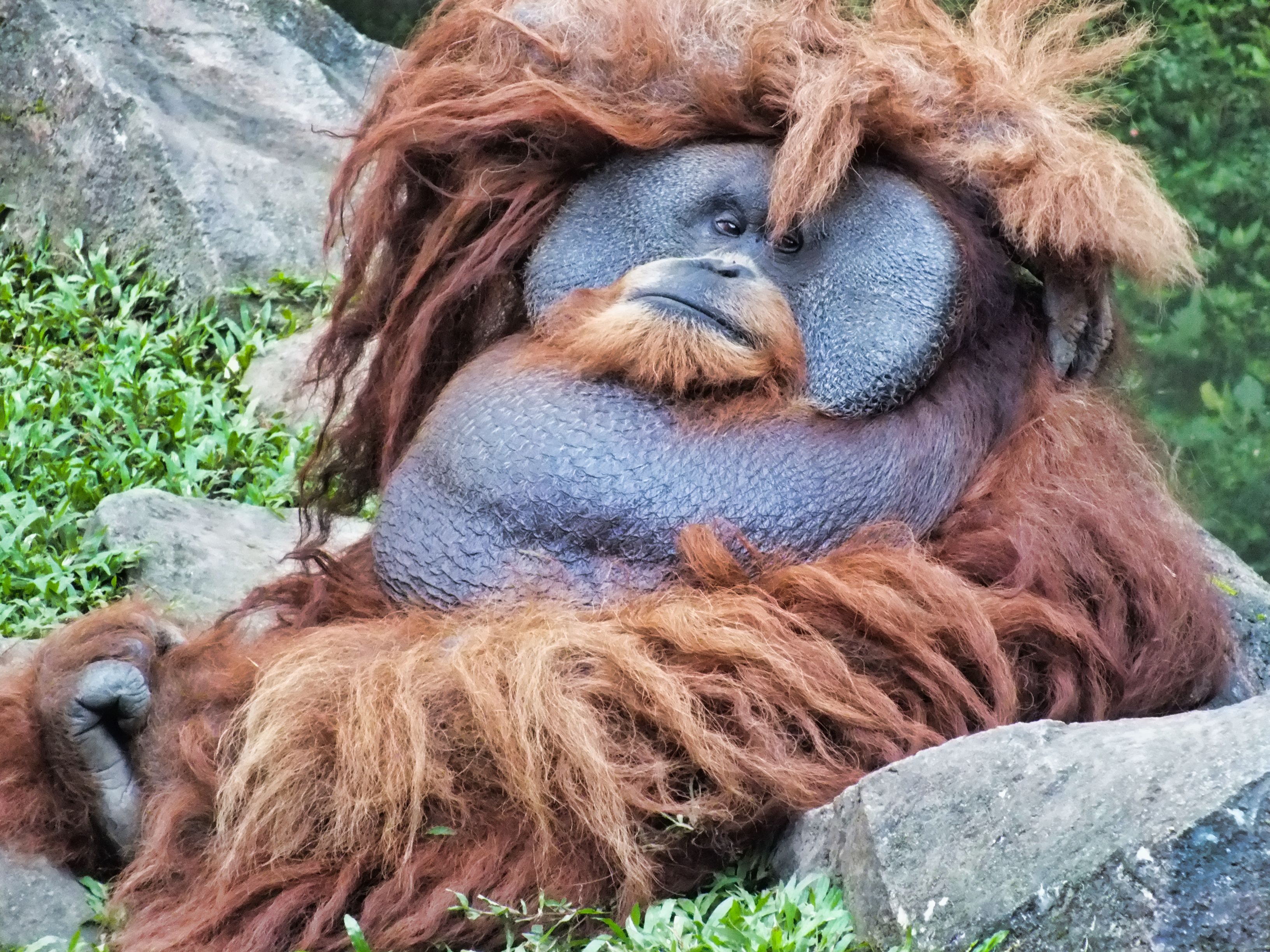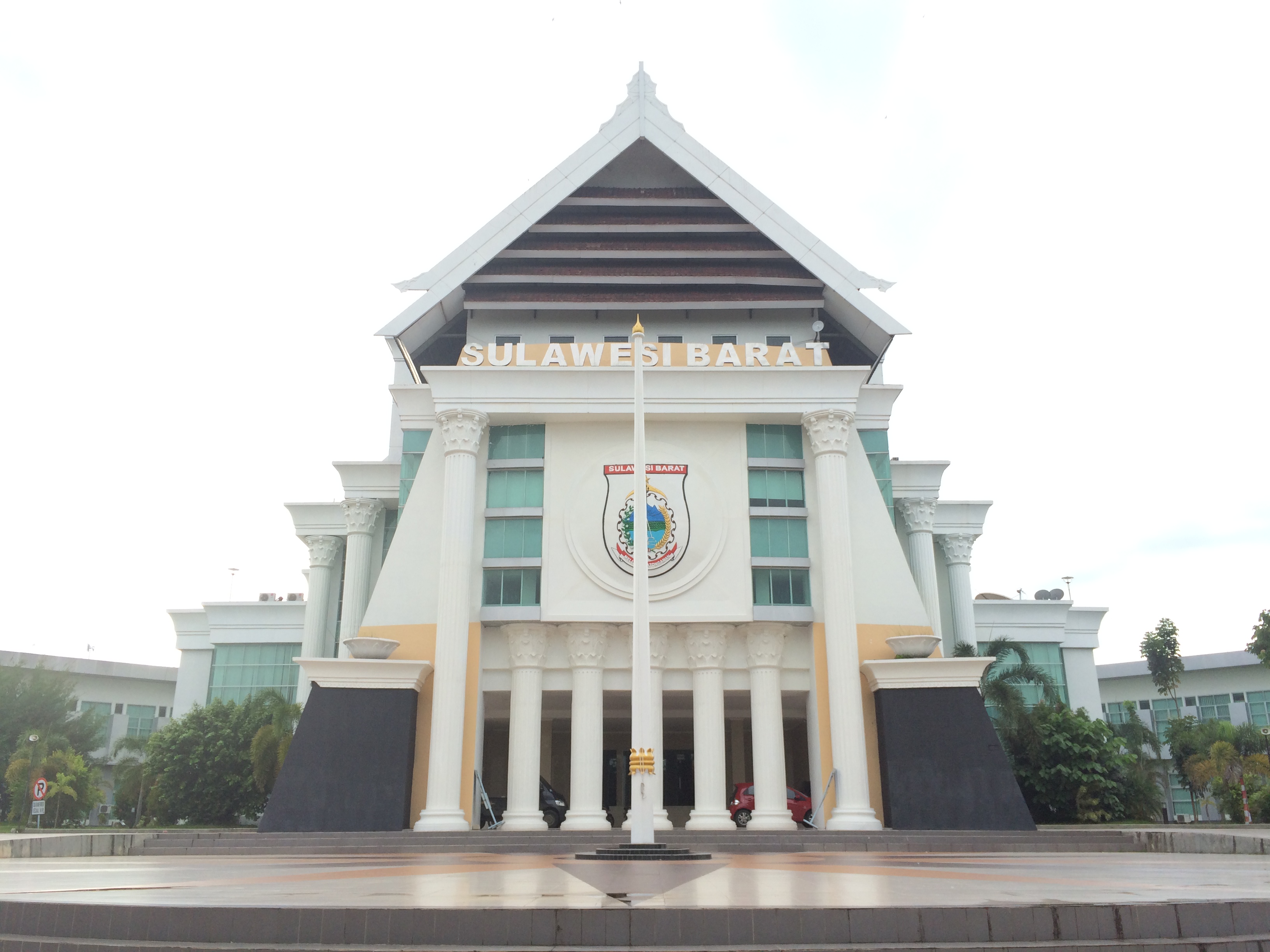|
Sulawesi
Sulawesi (), also known as Celebes (), is an island in Indonesia. One of the four Greater Sunda Islands, and the world's eleventh-largest island, it is situated east of Borneo, west of the Maluku Islands, and south of Mindanao and the Sulu Archipelago. Within Indonesia, only Sumatra, Borneo, and Papua are larger in territory, and only Java and Sumatra have larger populations. The landmass of Sulawesi includes four peninsulas: the northern Minahasa Peninsula, the East Peninsula, the South Peninsula, and the Southeast Peninsula. Three gulfs separate these peninsulas: the Gulf of Tomini between the northern Minahasa and East peninsulas, the Tolo Gulf between the East and Southeast peninsulas, and the Bone Gulf between the South and Southeast peninsulas. The Strait of Makassar runs along the western side of the island and separates the island from Borneo. Etymology The name ''Sulawesi'' possibly comes from the words ''sula'' ("island") and ''besi'' ("iron") and may ref ... [...More Info...] [...Related Items...] OR: [Wikipedia] [Google] [Baidu] |
Central Sulawesi
Central Sulawesi (Indonesian: ''Sulawesi Tengah'') is a province of Indonesia located at the centre of the island of Sulawesi. The administrative capital and largest city is located in Palu. The 2010 census recorded a population of 2,635,009 for the province, and the 2020 Census recorded 2,985,734, of whom 1,534,706 were male and 1,451,028 were female. The official estimate as at mid 2021 was 3,021,879. Central Sulawesi has an area of , the largest area among all provinces on Sulawesi Island, and has the second-largest population on Sulawesi Island after the province of South Sulawesi. It is bordered by the provinces of Gorontalo to the north, West Sulawesi, South Sulawesi and South East Sulawesi to the south, by Maluku to the east, and by the Makassar Strait to the west. The province is inhabited by many ethnic groups, such as the Kaili, Tolitoli, etc. The official language of the province is Indonesian, which is used for official purposes and inter-ethnic communication, whil ... [...More Info...] [...Related Items...] OR: [Wikipedia] [Google] [Baidu] |
Bugis
The Bugis people (pronounced ), also known as Buginese, are an ethnicity—the most numerous of the three major linguistic and ethnic groups of South Sulawesi (the others being Makassar and Toraja), in the south-western province of Sulawesi, third-largest island of Indonesia. The Bugis in 1605 converted to Islam from Animism. The main religion embraced by the Bugis is Islam, with a small minority adhering to Christianity or a pre-Islamic indigenous belief called ''Tolotang''. Despite the population numbering only around six million, the Bugis are influential in the politics in modern Indonesia, and historically influential on the Malay peninsula, Sumatra, Borneo, Lesser Sunda Islands and other parts of the archipelago where they have migrated, starting in the late seventeenth century. The third president of Indonesia, B. J. Habibie, and a former vice president of Indonesia, Jusuf Kalla, are Bugis. In Malaysia, the former prime minister Muhyiddin Yassin has Bugis ancest ... [...More Info...] [...Related Items...] OR: [Wikipedia] [Google] [Baidu] |
South Sulawesi
South Sulawesi ( id, Sulawesi Selatan) is a province in the southern peninsula of Sulawesi. The Selayar Islands archipelago to the south of Sulawesi is also part of the province. The capital is Makassar. The province is bordered by Central Sulawesi and West Sulawesi to the north, the Gulf of Bone and Southeast Sulawesi to the east, Makassar Strait to the west, and Flores Sea to the south. The 2010 census estimated the population as 8,032,551 which makes South Sulawesi the most populous province on the island (46% of the population of Sulawesi is in South Sulawesi), and the sixth most populous province in Indonesia. At the 2020 Census this had risen to 9,073,509,Badan Pusat Statistik, Jakarta, 2021. and the official estimate as at mid 2021 was 9,139,531. The main ethnic groups in South Sulawesi are the Buginese, Makassarese, Toraja, and Mandar. The economy of the province is based on agriculture, fishing, and mining of gold, magnesium, iron and other metals. The pinisi, a ... [...More Info...] [...Related Items...] OR: [Wikipedia] [Google] [Baidu] |
North Sulawesi
North Sulawesi ( id, Sulawesi Utara) is a province of Indonesia. It is located on the Minahasa Peninsula of Sulawesi, south of the Philippines and southeast of Sabah, Malaysia. It borders the Philippine province of Davao Occidental and Soccsksargen regions of the Philippines to the north, the Maluku Sea to the east, Gorontalo and Celebes Sea to the west and the Gulf of Tomini to the southwest. With Miangas, it is the northernmost province of Indonesia. The province's area is , and its population was 2,270,596 according to the 2010 census; this rose to 2,621,923 at the 2020 Census, while the official estimate as at mid 2021 was 2,638,631. The province's capital and largest city is Manado, which is also the main gateway and the economic center of the province. Other major towns includes Tomohon and Bitung in the northern (Minahasa) half of the province, and Kotamobagu in the southern (Bolaang Mongondow) half. There are 41 mountains with an altitude ranging from . Most g ... [...More Info...] [...Related Items...] OR: [Wikipedia] [Google] [Baidu] |
Palu
Palu, which is officially known as the City of Palu (Indonesian: ''Kota Palu''), is the capital and largest city of Central Sulawesi. Palu is located on the northwestern coast of Sulawesi and borders Donggala Regency to the north and west, Parigi Moutong Regency to the east, and Sigi Regency to the south. The city boundaries encompass a land area of . According to the 2020 Indonesian census, Palu has a population of 373,218, making it the third-most populous city on the island after Makassar and Manado; the official estimate as at mid 2021 was 377,030. Palu is the center of finance, government, and education in Central Sulawesi, as well as one of several major cities on the island. The city hosts the province's main port, its biggest airport, and most of its public universities. Palu is located in Palu Bay; it was initially a small agricultural town until it was selected to become the capital of the newly created province of Central Sulawesi in 1953. Palu is sited on the Pa ... [...More Info...] [...Related Items...] OR: [Wikipedia] [Google] [Baidu] |
Greater Sunda Islands
The Greater Sunda Islands (Indonesian and Malay: ''Kepulauan Sunda Besar'') are four tropical islands situated within Indonesian Archipelago, in the Pacific Ocean. The islands, Borneo, Java, Sulawesi and Sumatra, are internationally recognised for their ecological diversity and rich culture. Together with the Lesser Sunda Islands to their southeast, they comprise the archipelago known as the Sunda Islands. Mainly part of Indonesia, each island is diverse in its ethnicity, culture and biological attributes. The islands have a long and rich history which has shaped their cultural backgrounds. Sumatra Geography Sumatra is the second largest, most westerly oriented Indonesian island, and the sixth largest island globally. Spanning , Sumatra is home to human civilisations and tropical rainforests, which harbour a huge range of wildlife. Its close proximity to the Equator (1º S, 101º E) dictates its tropical climate, so that it is subject to the forces of climatic events El ... [...More Info...] [...Related Items...] OR: [Wikipedia] [Google] [Baidu] |
Kendari
Kendari is the capital city of the Indonesian province of Southeast Sulawesi. With a population of 345,107 according to the 2020 census, it is the most populous city in the province, and the fourth most on Sulawesi. The city covers an area of , or about 0.7 percent of Southeast Sulawesi's land area. Located on Kendari Bay, it continues to be an important trade center, with the province's main port and airport. It is the economic and educational center of the province, home to various universities and colleges. Kendari has the highest Human Development Index (HDI) in Sulawesi. History Etymology The word ''"Kendari"'' is thought to come from a version of the word ''"Kandai"'', meaning a tool made of bamboo and wooden planks to push boats away from a dock. Over time, the pronunciation changed, and the city is now officially known as Kendari. Early history The Bay of Kendari has been known since the 15th century and appears on Portuguese chartered maps, marked with the name " ... [...More Info...] [...Related Items...] OR: [Wikipedia] [Google] [Baidu] |
Gorontalo (province)
Gorontalo ( Gorontaloan: ''Hulontalo'') is a province of Indonesia on the island of Sulawesi. Located on the Minahasa Peninsula, Gorontalo was formerly part of the province of North Sulawesi until its inauguration as a separate province on 5 December 2000. In Indonesian history, the only Indonesian President from the Gorontaloan people is the third President of the Republic of Indonesia, Prof. DR. Ing. Bacharuddin Jusuf Habibie. His father, Alwi Abdul Jalil Habibie, comes from the "Habibie" clan. The provincial capital, as well as the main gateway and the most populated city, is Gorontalo City (often called Hulontalo City) which is also famous for the nickname "Porch of Medina" ( id, Serambi Madina). This is because the kingdoms of Gorontalo have applied Islamic law as a basis for implementing the law, both in the fields of government, society, and the courts. The province covers a total land area of 11,257.07 square kilometres (4,346.38 sq mi) and had a population of 1,040 ... [...More Info...] [...Related Items...] OR: [Wikipedia] [Google] [Baidu] |
Toraja
The Torajans are an ethnic group indigenous to a mountainous region of South Sulawesi, Indonesia. Their population is approximately 1,100,000, of whom 450,000 live in the regency of Tana Toraja ("Land of Toraja"). Most of the population is Christian, and others are Muslim or have local animist beliefs known as ''aluk'' ("the way"). The Indonesian government has recognised this animistic belief as ''Aluk To Dolo'' ("Way of the Ancestors"). The word ''Toraja'' comes from the Buginese language term ''to riaja'', meaning "people of the uplands". The Dutch colonial government named the people ''Toraja'' in 1909. Torajans are renowned for their elaborate funeral rites, burial sites carved into rocky cliffs, massive peaked-roof traditional houses known as '' tongkonan'', and colourful wood carvings. Toraja funeral rites are important social events, usually attended by hundreds of people and lasting for several days. Before the 20th century, Torajans lived in autonomous vill ... [...More Info...] [...Related Items...] OR: [Wikipedia] [Google] [Baidu] |
Minahasa
The Minahasans (alternative spelling: Minahassa) are an ethnic group native to the North Sulawesi province of Indonesia, formerly known as North Celebes. The Minahasa people sometimes refer to themselves as Manado people. Although the Minahasan pre-Christian creation myth entails some form of ethnic unification, before the nineteenth century the Minahasa region was in no way unified. Instead, a number of politically independent groups (walak) existed together, often in a permanent state of conflict.Schouten, M. J. C. 1983. Leadership and social mobility in a Southeast Asian society: Minahasa, 1677 – 1983. Leiden: KITLV Press Minahasans are the most populous ethnic group in the Minahasan peninsula of North Sulawesi, a Christian-majority region in a Muslim-majority country (Indonesia). The indigenous inhabitants of Minahasa are Austronesian people who are the descendants of earlier migrations from further North. Prior to contact with Europeans, people living in the Minahasan penin ... [...More Info...] [...Related Items...] OR: [Wikipedia] [Google] [Baidu] |
Makassarese People
The Makassar or Makassarese people are an ethnic group that inhabits the southern part of the South Peninsula, Sulawesi (formerly Celebes) in Indonesia. They live around Makassar, the capital city of the province of South Sulawesi, as well as the Konjo highlands, the coastal areas, and the Selayar and Spermonde islands. They speak Makassarese, which is closely related to Buginese and also a Malay creole called Makassar Malay. History The Makassar are an ethnic group originally from the southern coast of the island of Sulawesi. Their exploratory spirits have led to successful overseas explorations. This is exemplified by the Kingdom of Gowa (14-17th century), which succeeded in forming a vast Islamic empire with a large and strong naval force. Its territory included almost the entire island of Sulawesi, eastern Kalimantan, East Nusa Tenggara, part of West Nusa Tenggara, part of Maluku and some small surrounding islands. The Makassar people made treaties with Bali and coope ... [...More Info...] [...Related Items...] OR: [Wikipedia] [Google] [Baidu] |
West Sulawesi
West Sulawesi ( id, Sulawesi Barat) is a province of Indonesia. It is located on the western side of Sulawesi island. It covers an area of 16,787.18 km2, and its capital is Mamuju. The 2010 Census recorded a population of 1,158,651, while that in 2020 recorded 1,419,228. The province was established in 2004, having been split off from South Sulawesi. Geography The province is on the island of Sulawesi (formerly Celebes) and includes the regencies (''kabupaten'') of Polewali Mandar, Mamasa, Majene, Mamuju, Central Mamuju and Pasangkayu (formerly called North Mamuju), which used to be part of South Sulawesi. The area of the province is 16,787.18 km2. Economy Its economy consists mainly of mining, agriculture and fishing. Its capital is Mamuju. Archaeological findings On 11 December 2019, a team of researchers led by Dr. Maxime Aubert announced the discovery of the oldest hunting scenes in prehistoric art in the world which is more than 44,000 years old ... [...More Info...] [...Related Items...] OR: [Wikipedia] [Google] [Baidu] |











